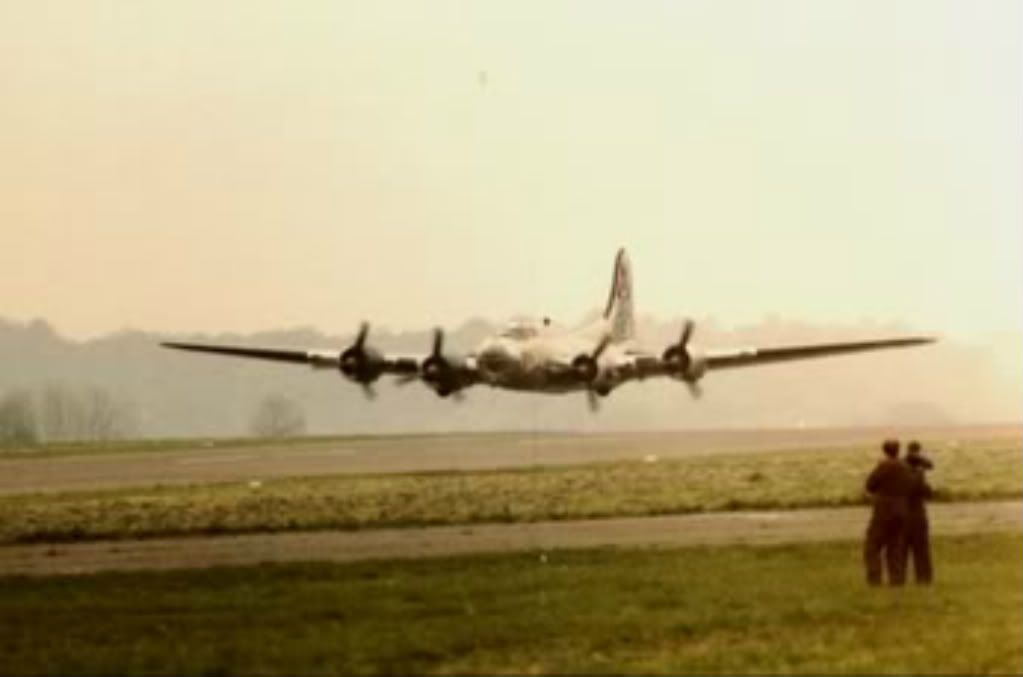TexasHighlander
Active member
Just curious to see if yall know of some famous ww2 aircraft.
The Memphis Belle was an 8th Airforce B-17g. It was the first aircraft to complete its 25 missions and return home.
The Memphis Belle was an 8th Airforce B-17g. It was the first aircraft to complete its 25 missions and return home.



